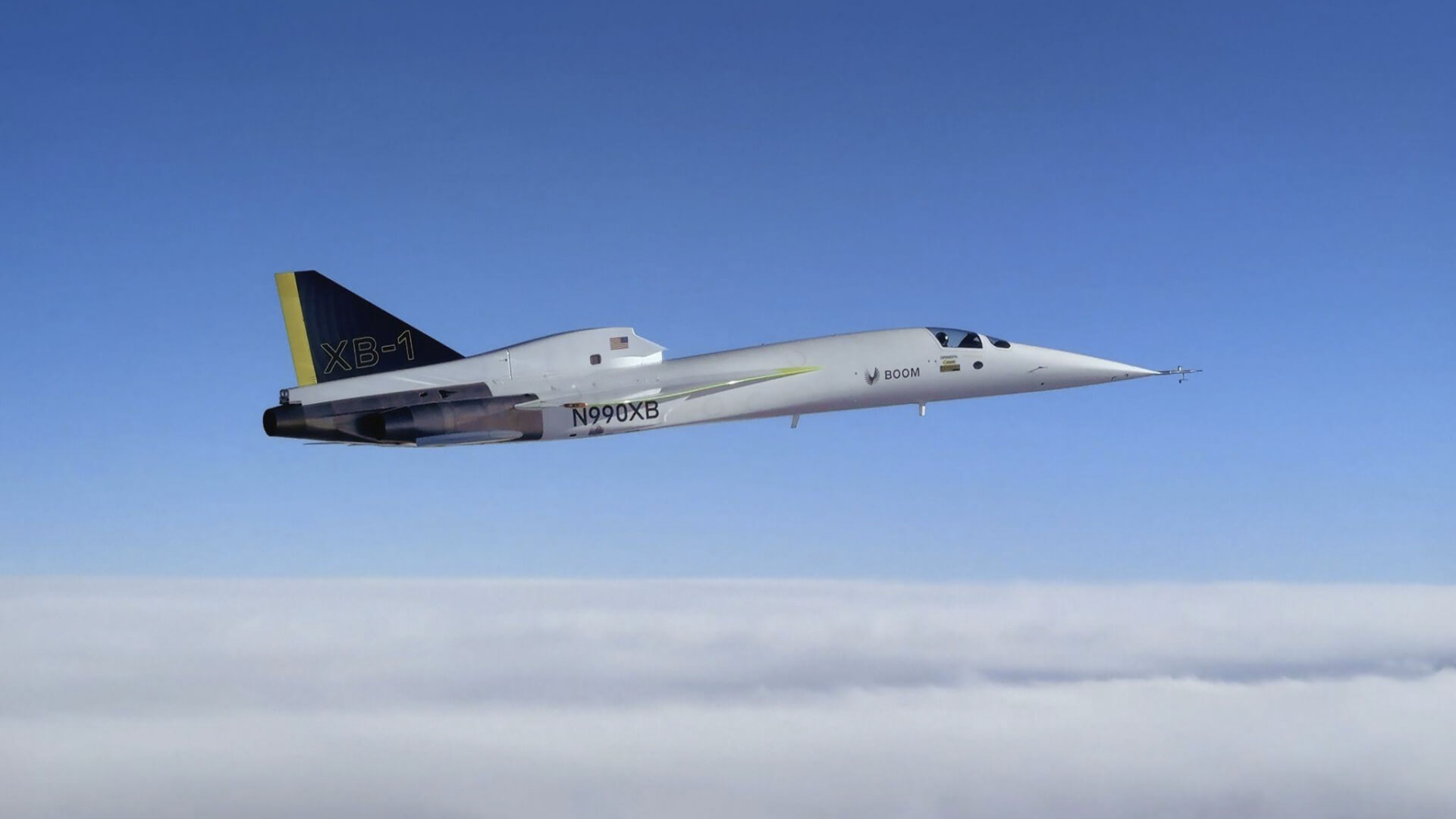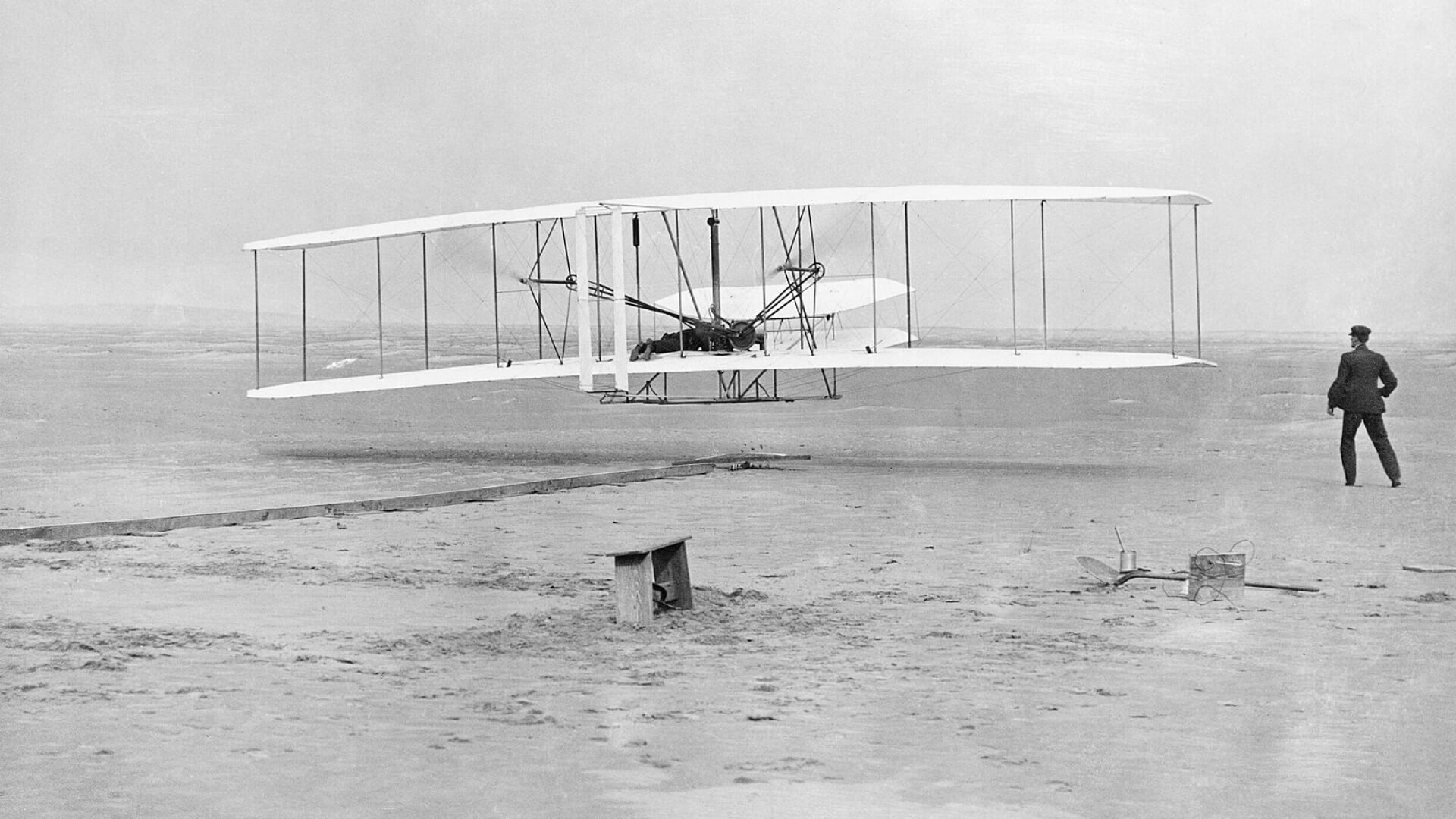Commander Robert ‘Hoot’ Gibson, Pilot Charlie F. Bolden, and the rest of the seven-man STS-61-C crew sat in intense silence as the launch countdown continued.
T-minus sixteen…fifteen…fourteen seconds to launch, Gibson snuck a peak at the clock. It froze.
“Shoot,” he exclaimed to his crew. “We just scrubbed.”
Their plans to launch on December 19th, 1985 were thwarted, due to a malfunction warning for the right solid booster rocket.

The crew reassembled on January 6th, 1986 for a second launch attempt. At t-minus thirty one seconds, they scrubbed again. This would happen four more times until the crew successfully launched at 6:55 A.M. on January 12th, 1986–28 days after the originally scheduled launch date.
From malfunctions and false readings to human error and unfavorable weather, it seems the Columbia crew faced every risk event imaginable on their journey to takeoff. In fact, they earned a NASA record for the greatest number of mission scrubs in history.
Looking back on what became a safe and uneventful final launch, one may ask, “Were they overcautious?”

According to Gibson and Bolden, there is no such thing as being too cautious. “Things rarely ever go completely as planned,” said Bolden. “That’s why we plan for everything.”
If there is any secret to launching a safe mission, according to Gibson and Bolden, it’s maintaining a culture of open communication among team members. “There will always be something that happens outside of your control,” said Gibson. “What’s critical is ensuring everyone feels empowered to speak up if they have questions or concerns.”
As Bolden explained, mission training goes beyond time in the simulator. A critical element of safe mission planning is crew resource management. “Crew Resource Management is about making sure everyone knows the plan, has a chance to contribute to the plan and give final review, and is in complete agreement with what is about to happen. Every single individual has the power to say ‘stop,’ from the captain to the engine mechanic to ground support. If just one person is uncomfortable, we don’t go.”

They do not go, even when morale falls, patience thins, and the glory of the moment fades. “It was a big challenge to keep morale up during that time,” said Gibson. We would climb into the orbiter, sit for nearly four hours, and just climb back out. Nearly all of my launch guests had given up and gone home by the time we officially launched, but the priority was always a safe and successful mission.”
As both Bolden and Gibson agree, it’s better to be branded as overcautious than run unnecessary risk. “If we had launched on December 18th, as originally planned, our mission would have been history’s coldest,” Gibson continued. “Cold temperature was a major factor in the Challenger accident. Guardian angels may have been looking out for us that day.”
At the end of the day, a culture of open communication benefits more than crew safety. It speaks to the very core of an organization. “That’s what makes NASA so great,” concluded Bolden. “If you ask anyone at NASA what their role is, whether they’re an administrator or custodian, they will answer, ‘We’re helping to get people to Mars.’ At a healthy organization, every single person is pooling together to make missions successful. They believe we will achieve success because we’re doing it together as a team.”
As frustrating as those 28 days may have been for the STS-61-C crew, the ultimate launch was seamless and successful. “I was optimistic on January 12th,” said Gibson. “Everything lined up perfectly on that day and went according to plan. That’s what we wanted to see, and it was well worth the wait.”

Today, it’s not the record-breaking number of scrubs the world remembers. It’s the successful launch, mission, and safe homecoming of these seven astronauts.







